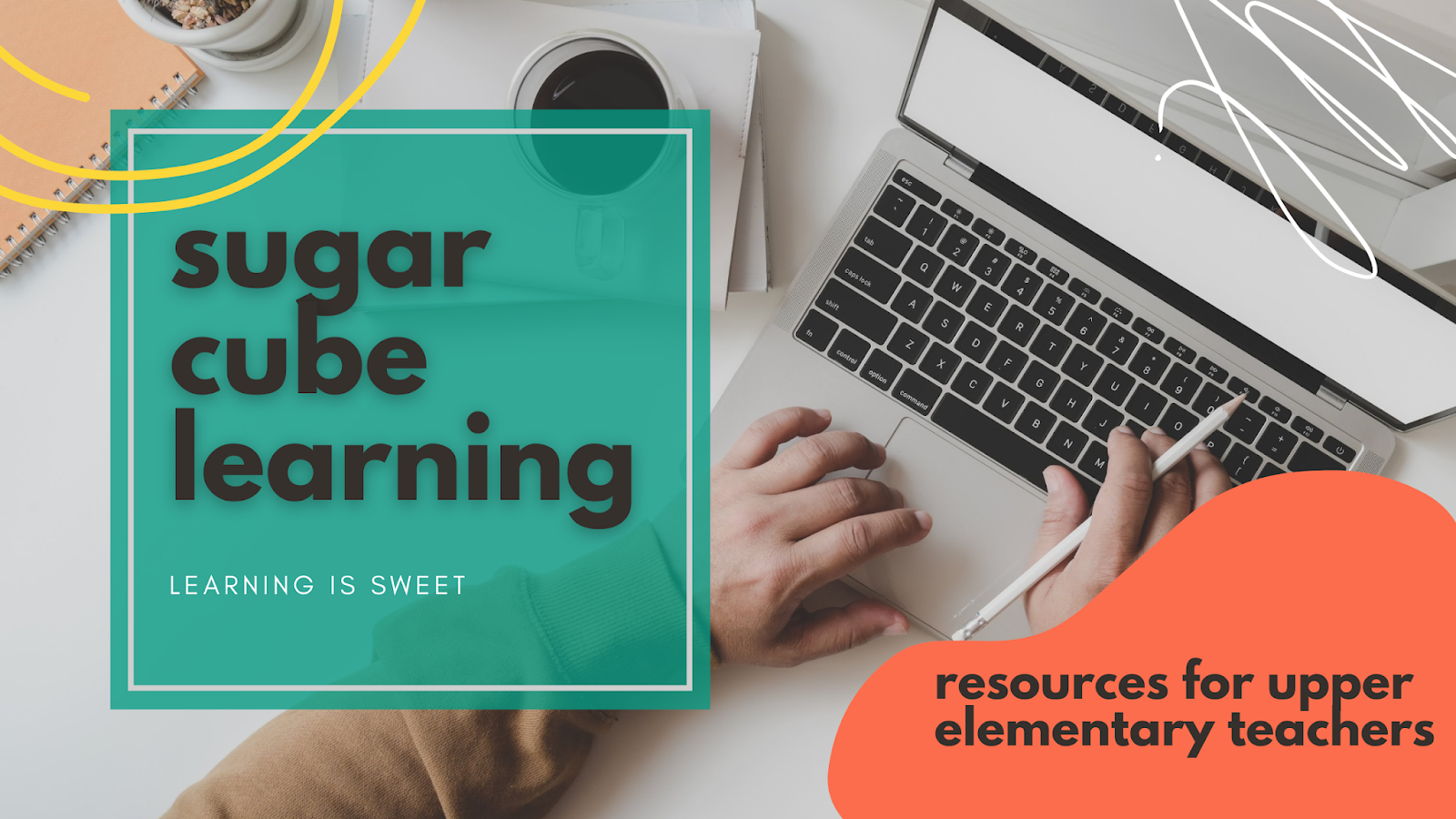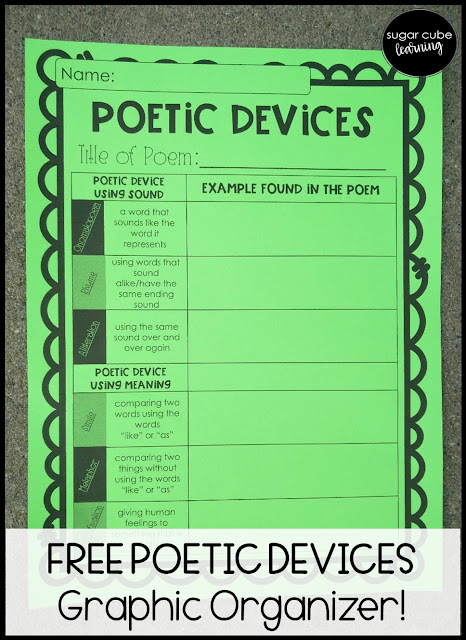The way each student will respond to a poem will vary greatly. The prior knowledge and perspectives each child brings will evoke different emotions or responses. And the good thing about poetry is that there is usually no 'right answer'. Therefore, when children find evidence from the poem to support their thoughts, the variety and breadth of responses will be greater than if you asked what the sum of 2+2 was. This range of solutions will lead to more in depth discussions in your classroom and encourage students to think beyond the literal and into the abstract.
Poetry lends itself easily to exploring themes because one does not have to read an entire book, but merely a few stanzas or pages. Some of the greatest poetry explores the theme of human struggle or overcoming adversity which many of our students unfortunately can make a connection with in one way or another. For example: Many of my students have been able to easily connect with the hardships the main character in the book "Inside Out and Back Again" had to face as she fled from her country seeking a better way of life. Learning a new language, eating different foods, and trying to fit in are all easily relatable for many of our immigrant and migrant students. You can grab the FREE THEME graphic organizers for poetry you see below HERE.
Another benefit to teaching poetry to your students throughout the year is because it lends itself to so many different language arts components. When composing a poem, often times it is important to choose just the right word either for rhyming reasons or to create a specific effect. Poetry is also a great way to explore technical terms such as onomatopoeia (my favorite!), similes, metaphors, alliteration (my students' favorite!), and personification. Using each of these literary devices correctly in a poem creates imagery and dramatic effect. Grab your FREE POETIC DEVICES graphic organizer HERE.
Fluency is the ability to read smoothly and automatically, with expression and attention to punctuation. It includes PACING (the speed or rate at which one reads), PHRASING (grouping words together into meaningful phrases), EXPRESSION (reading with emotion), and PUNCTUATION (paying attention to punctuation). How does using poetry help build fluency? When students hear a poem read over and over (which is easier to do with shorter passages/poems), they will hear how the speaker uses his voice, volume, inflexion, pitch, pauses and speed to enhance the meaning of the poem. The students in turn, through repeated opportunities to read the same passage will improve their fluency as they focus on the above elements. Author Timothy Rasinski (2000) adds, "Excessivly slow, disfluent reading leads to less overall reading, has been associated with poor comprehension, and creates frustration for the reader". Therefore, allowing students chances to build their fluency through poetry (and other means) can greatly enhance not only their fluency, but comprehension skills.
Because poems tend to be shorter to digest than normal reading passages, they can be less intimidating for English Language Learners, and may require less in terms of producing a written response. Repetition and rhyme often found in poetry can also make it easier when poems are shared orally. In turn, your ESL students' speaking and listening skills will improve vastly. Furthermore, since poetry can be written about any subject (personal or academic), it can tremendously increase one's vocabulary.
Here are a few tips for using poems to help your English Language Learners be more successful readers:
- Choose poems with a single theme so students can focus on a specific set of vocabulary.
- Select poems with predictable or repeated phrases to make it easier to read.
- Incorporate poetry into grammar, sentence structure, and other writing conventions since it is more easily digestible in smaller chunks.
Check out this mix of poetry titles sure to inspire your most reluctant poetry lovers! Note: This post may contain Amazon affiliate links which help support and maintain this website, at no cost to you.
Inside Out and Back Again by Thanhha Lai
Neighborhood Odes by Gary Soto
Where the Sidewalk Ends by Shel Silverstein
Because I Could Not Stop My Bike... and Other Poems by Karen Shapiro
Forget Me Not by Ellie Terry
Out of Wonder: Poems Celebrating Poets by Kwame Alexander, Ekua Holmes, Chris Colderley, and Marjory Wentworth
Hip Hop Speaks To Children: A Celebration of Poetry With a Beat by Nikki Giovanni
Poems to Learn by Heart by Caroline Kennedy
The Armpit of Doom: Funny Poems For Kids by Ken Nesbitt
Looking for a paperless way to review different forms of poetry while allowing your students a chance to write their own?
If you'd like to save any of these ideas for later, feel free to pin the images below to your Pinterest boards. Thanks, and happy teaching!
 |  |











